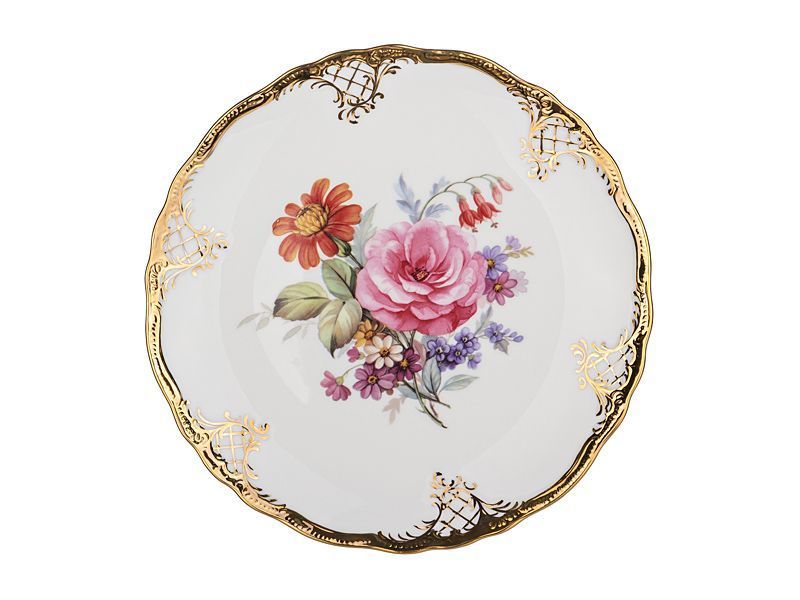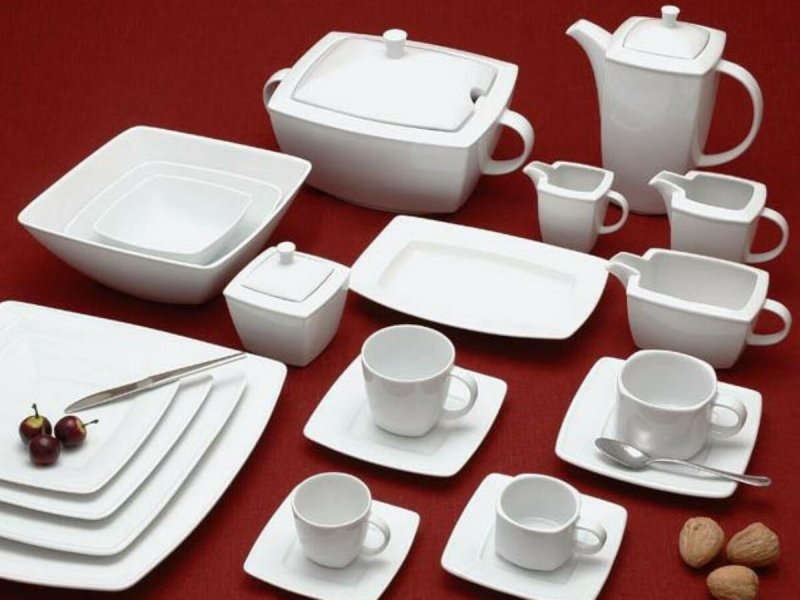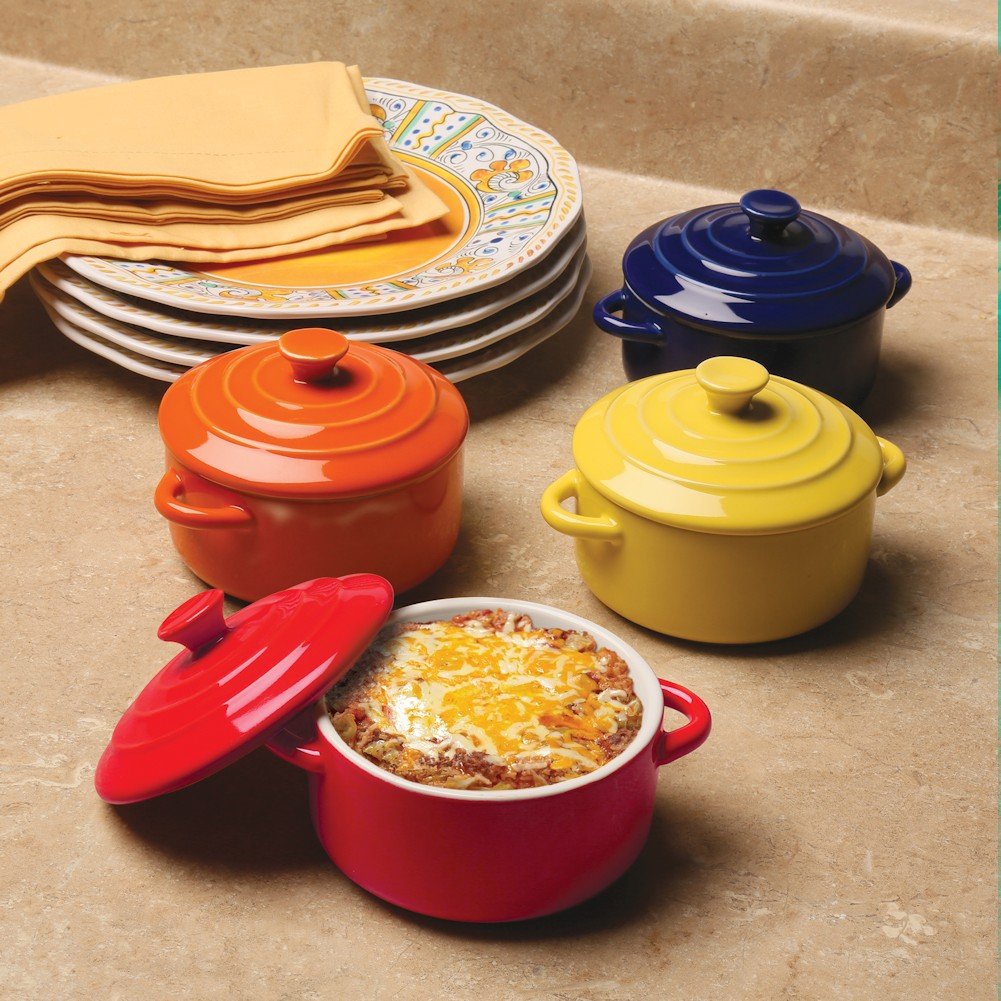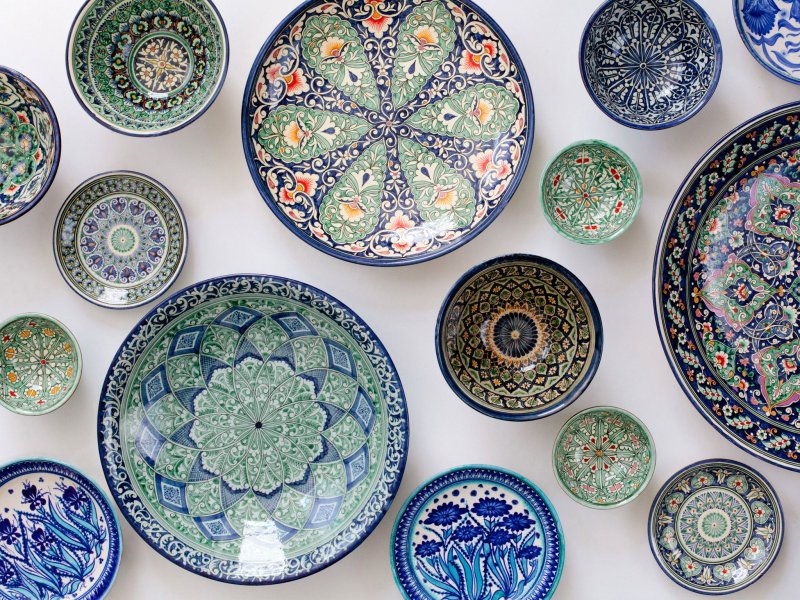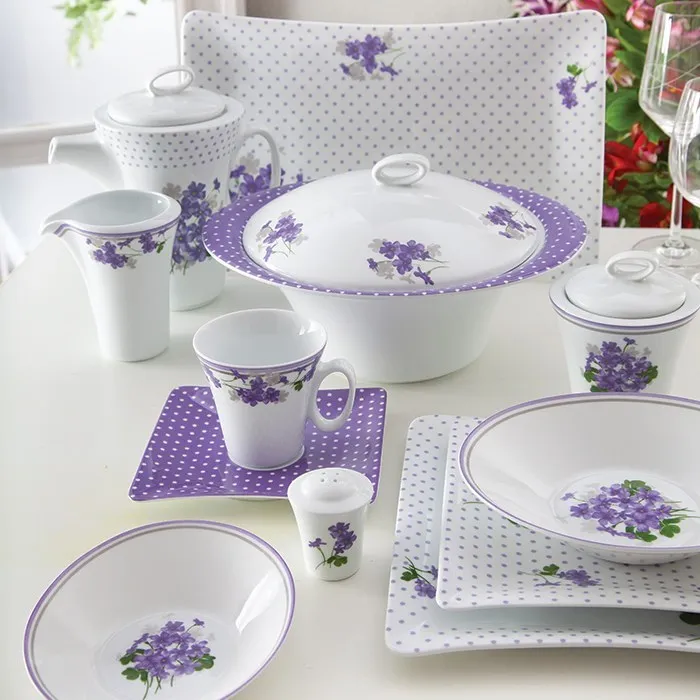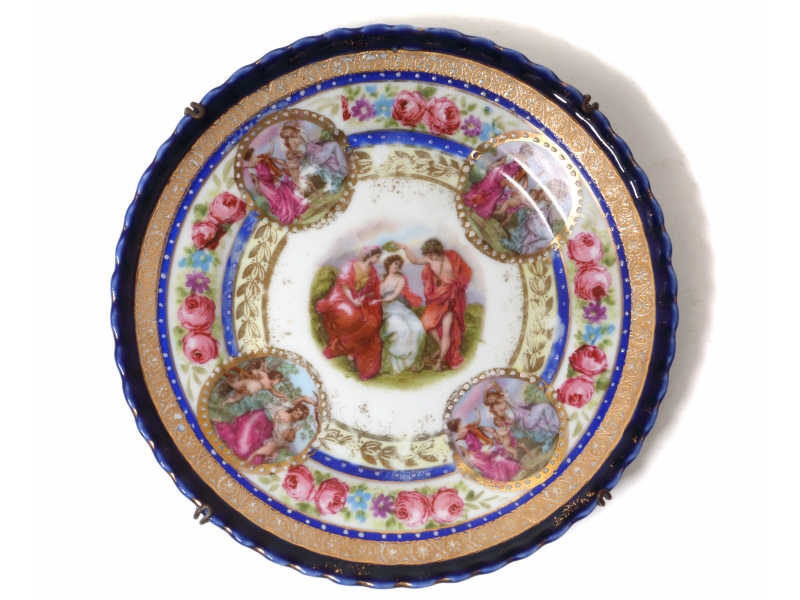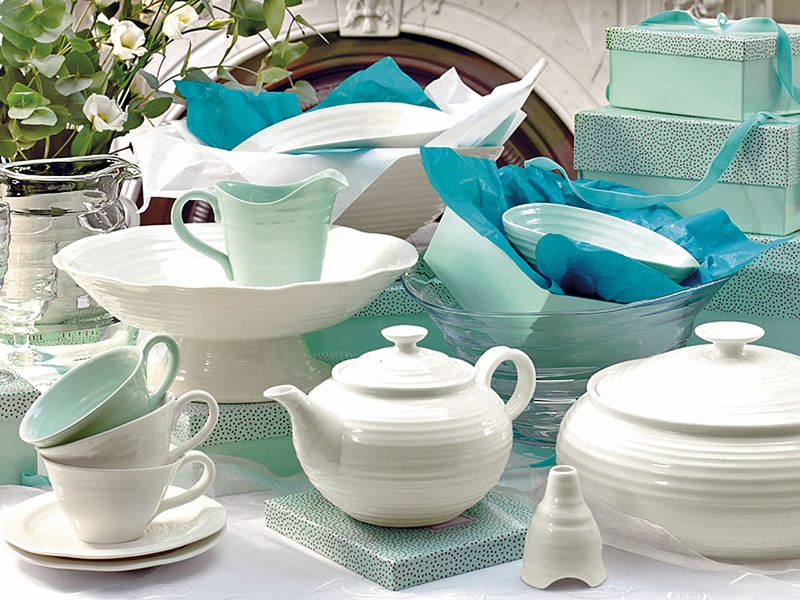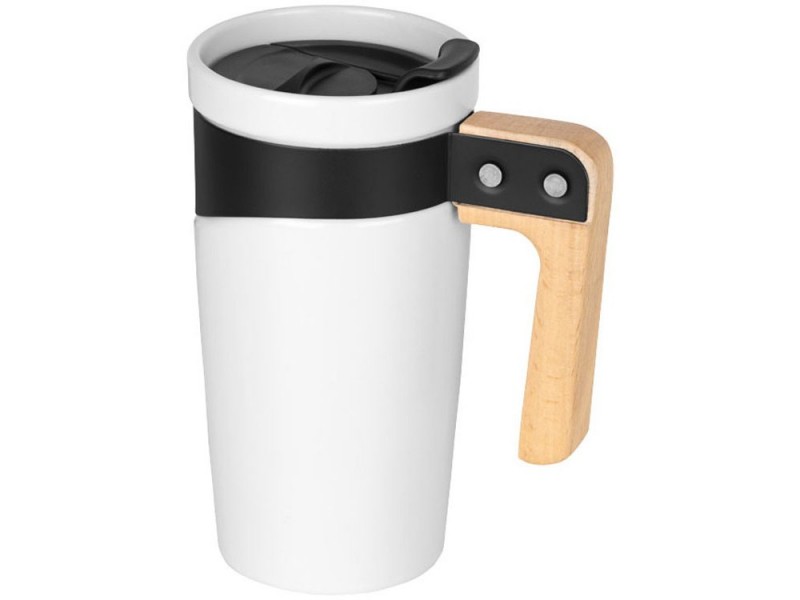Understanding the Versatile Casserole Dish with Lid: A Comprehensive Guide
Introduction:
Casserole dishes with lids are an essential tool in every kitchen. These versatile and practical cooking vessels can be used for baking, storing, serving, and even transporting food. With a wide range of sizes, materials, and designs available, choosing the right casserole dish with a lid can elevate your cooking experience. In this comprehensive guide, we will explore the various aspects of casserole dishes with lids, including their benefits, popular materials used, and their suitable uses in different cooking scenarios.
Benefits of Using a Casserole Dish with Lid:
1. Heat Retention: One of the primary benefits of a casserole dish with a lid is its ability to retain heat. This characteristic allows for even and consistent cooking, ensuring that your dishes are cooked to perfection.
2. Moisture Preservation: The lid on a casserole dish plays a crucial role in preserving moisture during the cooking process. By trapping steam and preventing evaporation, the lid helps retain the natural juices of the ingredients, resulting in moist and flavorful dishes.
3. Versatility: Casserole dishes with lids can be used for a wide variety of cooking methods, including baking, roasting, stewing, and braising. This versatility makes them an indispensable tool in any kitchen.
4. Presentation: The lid of a casserole dish not only aids in cooking but also adds aesthetic appeal when the dish is presented on the dining table. Lids can be decorative and complement the overall presentation of the meal.
5. Food Storage and Transport: A casserole dish with a lid is perfect for storing leftovers in the refrigerator or freezer. It can also be used to transport dishes to potlucks, picnics, or parties, ensuring that your food remains fresh and secure during transit.
Popular Materials Used in Casserole Dishes:
1. Ceramic: Ceramic casserole dishes are a popular choice due to their excellent heat retention capabilities. They distribute heat evenly and can go from the oven to the table, making them ideal for serving dishes directly.
2. Stainless Steel: Stainless steel casserole dishes with lids are known for their durability and resistance to rust and corrosion. They are often favored for their sleek and modern look, making them an appealing choice for both cooking and serving.
3. Cast Iron: Cast iron casserole dishes with lids are renowned for their exceptional heat retention and even heat distribution. These dishes are perfect for slow-cooking or braising dishes, as they can withstand long hours on low heat.
4. Glass: Glass casserole dishes offer the advantage of transparency, allowing you to monitor the cooking process without having to remove the lid. They are also non-reactive, making them a preferred choice for acidic foods.
5. Enamel-Coated: Enamel-coated casserole dishes provide a non-stick surface, making them convenient for cooking and cleaning. They are available in a variety of vibrant colors and are often considered a stylish addition to any kitchen.
Choosing the Right Casserole Dish with Lid:
1. Size: Consider the size of your household and the typical number of servings you are likely to make. Choosing a casserole dish with the right capacity will ensure that you have enough room for your recipe without overcrowding the dish or compromising the lid’s effectiveness.
2. Shape: The shape of the casserole dish can impact both cooking performance and storage. Round dishes are ideal for casseroles, while rectangular or oval dishes are better for roasts or larger cuts of meat.
3. Lid Fit: Ensure that the casserole dish’s lid fits snugly to prevent heat and moisture from escaping, resulting in flavorful and properly cooked dishes. Look for dishes with tight-fitting lids that create a seal when closed.
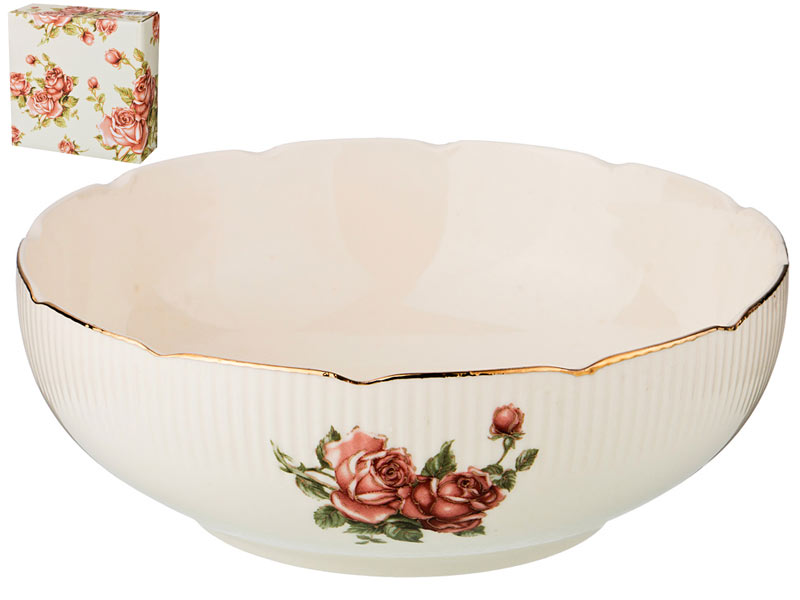
4. Oven and Stovetop Compatibility: Some casserole dishes are designed for oven use only, while others can be used on both stovetops and ovens. Consider your cooking preferences and choose a dish that suits your needs.
5. Cleaning and Maintenance: Different materials require varied cleaning and maintenance procedures. Consider your preferred cleaning routine and choose a material that fits your lifestyle.
Uses of Casserole Dishes with Lids:
1. Baking and Roasting: Casserole dishes with lids are excellent for baking casseroles, gratins, lasagnas, and even desserts like cobblers or bread pudding. The lid helps retain moisture and prevents excessive browning or drying out.
2. Slow Cooking and Stewing: Casserole dishes with lids are perfect for slow cooking or stewing dishes that require extended cooking times. The lid helps retain moisture and tenderizes proteins, resulting in flavorful and succulent dishes.
3. Serving and Presentation: The aesthetic appeal of a casserole dish with a lid makes it perfect for serving dishes directly from the oven to the table. The lid can be used to keep the food warm during serving, adding an element of elegance to the dining experience.
4. Storage and Freezing: With a lid that provides an airtight seal, casserole dishes are ideal for storing leftovers in the refrigerator or freezer. The sturdy construction of the dish and lid ensures that the food remains fresh and protected from freezer burn.
Conclusion:
A casserole dish with a lid is a valuable addition to any kitchen, offering versatility, convenience, and the ability to create delicious meals. From heat retention and moisture preservation to presentation and storage, these multifunctional dishes have countless uses. With a wide range of materials and sizes available, selecting the right casserole dish with a lid requires consideration of your cooking style, needs, and personal preferences. Whether you are baking, slow-cooking, serving, or storing, investing in a quality casserole dish with a lid will undoubtedly enhance your culinary experience.I. The Importance of Investing in a Quality Casserole Dish:
Investing in a high-quality casserole dish with a lid is essential for any home cook or professional chef. A reliable casserole dish not only enhances your cooking experience but also ensures that your dishes are cooked to perfection. By selecting a durable and well-designed casserole dish, you can enjoy its benefits for years to come.
A. Durability: A quality casserole dish is made from durable materials that can withstand high temperatures and frequent use. This ensures that the dish remains in excellent condition, even with regular cooking and cleaning.
B. Heat Distribution: A well-constructed casserole dish distributes heat evenly, ensuring that your dish cooks consistently. This prevents hot spots and ensures that all ingredients cook at the same rate, resulting in a delicious and evenly cooked meal.
C. Longevity: Investing in a high-quality casserole dish may seem like a bigger initial expense but it is a worthwhile investment. A durable dish will last longer, saving you money in the long run by not having to replace it frequently.
II. Materials Used in Casserole Dishes and Their Advantages:
Casserole dishes are available in various materials, each with its own advantages and considerations. Understanding the properties and benefits of the different materials will help you make an informed decision when selecting your casserole dish.
A. Ceramic and Stoneware: Ceramic or stoneware casserole dishes are popular due to their excellent heat retention capabilities. They distribute heat evenly during cooking, resulting in well-cooked and flavorful dishes. They can also go from the oven to the table, making them ideal for festive gatherings and dinner parties.
B. Stainless Steel: Stainless steel casserole dishes are known for their durability and resistance to rust and corrosion. They can withstand high heat and maintain their appearance even after repeated use. Stainless steel also gives a modern and sleek look to your kitchen.
C. Cast Iron: Cast iron casserole dishes are known for their exceptional heat retention and even heat distribution. They are perfect for slow-cooking or dishes that require long hours on low heat. Cast iron casserole dishes are heavyweight and retain heat even after being removed from the heat source, allowing your dish to stay warm for longer periods.
D. Glass: Glass casserole dishes are popular because of their transparency, allowing you to monitor the cooking process without needing to remove the lid. They are non-reactive, making them ideal for acidic foods. Glass dishes are also easy to clean and dishwasher-safe.
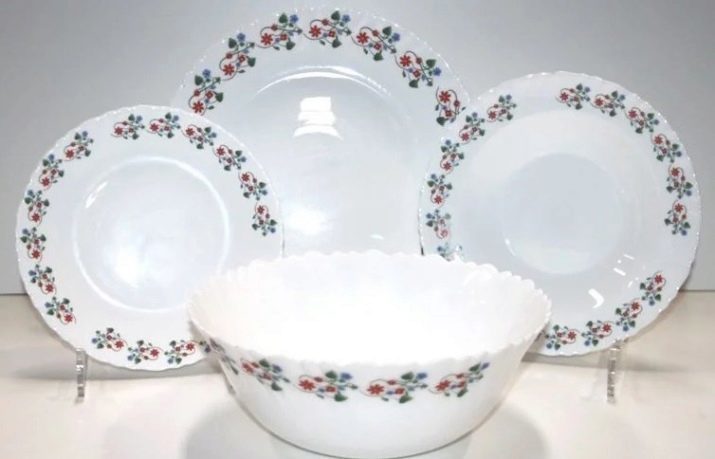
E. Enamel-Coated: Enamel-coated casserole dishes provide a non-stick surface, making them convenient for both cooking and cleaning. They are available in a range of vibrant colors and can add a stylish touch to your kitchen.
III. Different Sizes and Capacities for Various Cooking Needs:
Casserole dishes come in various sizes and capacities to suit different cooking needs. Consider your household size, typical number of servings, and the types of dishes you often prepare to choose the right size for your casserole dish.
A. Small Casserole Dishes: These smaller-sized dishes are perfect for single servings and small households. They are ideal for individual portions of lasagnas, gratins, or desserts like crumbles.
B. Medium Casserole Dishes: Medium-sized casserole dishes are versatile and can accommodate 4-6 servings. These dishes are suitable for everyday family meals or get-togethers with friends.
C. Large Casserole Dishes: Large-sized casserole dishes with lids are perfect for feeding larger groups or for batch cooking. They can comfortably accommodate 8-10 servings, making them ideal for parties, potlucks, and family gatherings.
IV. Features to Consider When Choosing a Casserole Dish:
When selecting a casserole dish with a lid, there are several features to consider to ensure you choose the perfect one for your cooking needs.
A. Lid Fit: A tight-fitting lid is crucial to trap heat and moisture inside the dish, ensuring your food cooks evenly. Look for casserole dishes with lids that create a seal when closed.
B. Handles: Sturdy handles on the sides of the casserole dish are essential for easy lifting and transport. Ensure that the handles are heat-resistant and securely attached to the dish.
C. Oven and Stovetop Compatibility: Some casserole dishes are designed for oven use only, while others can be used on a stovetop as well. Consider your cooking preferences and choose a dish that suits your needs.
D. Dishwasher Safe: Cleaning a casserole dish by hand can be time-consuming. Look for dishwasher-safe options that make cleanup a breeze.
E. Versatility: Some casserole dishes with lids are compatible with microwave ovens and induction cooktops, adding to their versatility. Consider these factors if you prefer using a variety of cooking methods.
V. Maintaining and Caring for Your Casserole Dish:
Proper care and maintenance of your casserole dish with a lid can extend its lifespan and ensure optimal performance.
A. Cleaning: Follow the manufacturer’s instructions for cleaning your casserole dish. Most materials are dishwasher safe, but it is always best to double-check. Avoid using abrasive scrubbers or harsh chemicals that can damage the surface of the dish.
B. Storing: When storing your casserole dish, make sure it is completely dry to prevent the growth of mold or mildew. Stackable dishes can save space in your kitchen cabinets or pantry.
C. Seasoning (for cast iron): If you have a cast iron casserole dish, it may require occasional seasoning to maintain its non-stick properties. Seasoning involves applying a thin layer of oil and baking the dish at a low temperature, creating a natural non-stick surface.
VI. Incorporating Casserole Dishes into Various Culinary Styles:
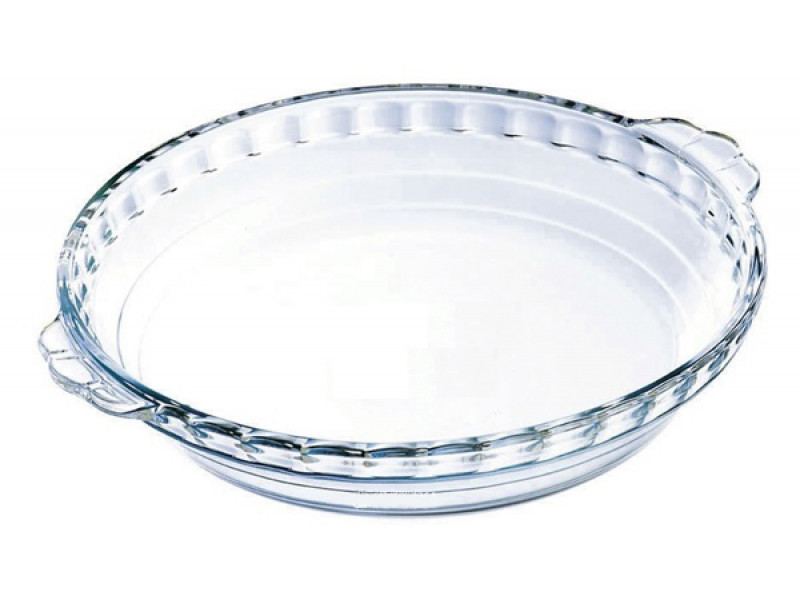
Casserole dishes with lids can be incorporated into various culinary styles, allowing you to explore different flavors and techniques.
A. Traditional Comfort Foods: Casserole dishes are perfect for preparing classic comfort foods such as baked macaroni and cheese, shepherd’s pie, or enchiladas. The even heat distribution and the lid’s moisture retention ensure that these dishes turn out creamy and flavorful.
B. International Cuisine: With the versatility of casserole dishes, you can experiment with various international cuisines. Prepare dishes like Indian biryanis, Italian risottos, or Mexican chilies with ease.
C. One-Pot Meals: Casserole dishes can be used to create one-pot meals that require minimal effort and cleanup. Prepare hearty stews, slow-cooked soups, or tender pot roasts in one dish, allowing flavors to meld together beautifully.
VII. Casserole Dishes as a Functional and Stylish Tableware:
Beyond their utilitarian function, casserole dishes with lids can add an element of style and elegance to your tableware collection.
A. Colorful Options: Casserole dishes are available in a range of colors and finishes. Adding a colorful casserole dish to your collection can enhance the visual appeal of your table setting.
B. Serving Directly from the Dish: Casserole dishes with lids are perfect for serving dishes directly from the oven to the table. The lid can be used to keep the food warm during serving, ensuring your guests enjoy a piping-hot meal.
C. Decorative Designs: Some casserole dishes come in decorative designs, making them attractive centerpieces on your dining table. They can be a conversation starter and a reflection of your personal taste and style.
VIII. Safety Precautions when Using a Casserole Dish:
Following certain safety precautions when handling and using a casserole dish can prevent accidents and ensure a safe cooking experience.
A. Handling with Care: Casserole dishes can become extremely hot during cooking. Always use oven mitts or pot holders when handling the dish or removing it from the oven.
B. Avoid Thermal Shock: Some materials, such as glass, are susceptible to thermal shock. Avoid exposing these dishes to rapid temperature changes, as it can cause them to crack or shatter.
C. Place on Heat-Resistant Surfaces: When removing a hot casserole dish from the oven or stovetop, always place it on a heat-resistant surface or suitable trivet to protect your countertops or table.
IX. Recommendations for Buying Casserole Dishes with Lids:
When purchasing a casserole dish with a lid, consider these recommendations:
A. Read Reviews: Look for reputable brands and read customer reviews to gain insights into the quality, functionality, and durability of the dishes you are considering.
B. Warranty: Check if the casserole dish comes with a warranty, as this indicates the manufacturer’s confidence in their product’s quality.
C. Price-Performance Ratio: Consider the price-performance ratio when choosing a casserole dish. While it is tempting to opt for a cheaper option, investing in a quality dish will likely provide a better cooking experience and greater longevity.
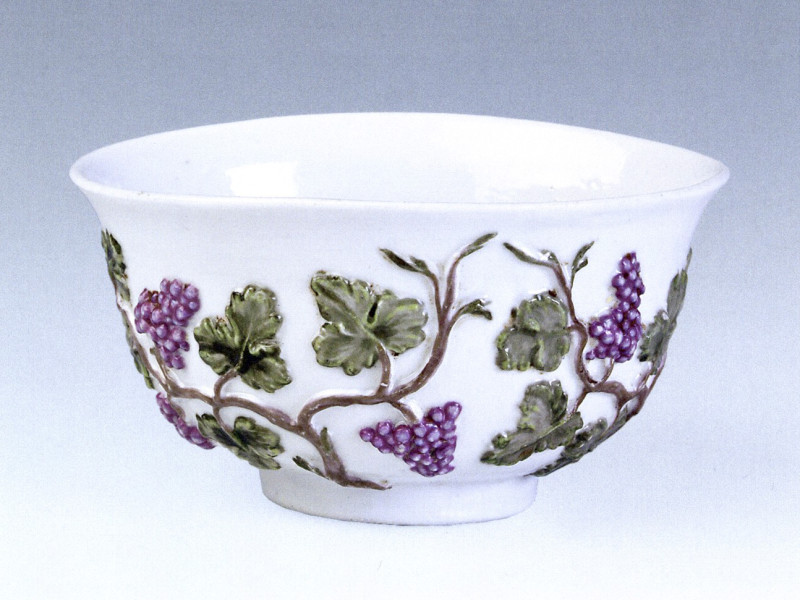
X. Conclusion:
Casserole dishes with lids are versatile kitchen tools that offer numerous benefits, from even heat distribution to elegant table presentation. When choosing a casserole dish, consider the materials, size, and features that suit your cooking needs. Whether you’re preparing traditional comfort foods, experimenting with international flavors, or creating one-pot meals, a quality casserole dish with a lid is an indispensable tool to elevate your culinary experience. By following proper care and safety precautions, you can enjoy the versatility and functionality of your casserole dish for years to come.
